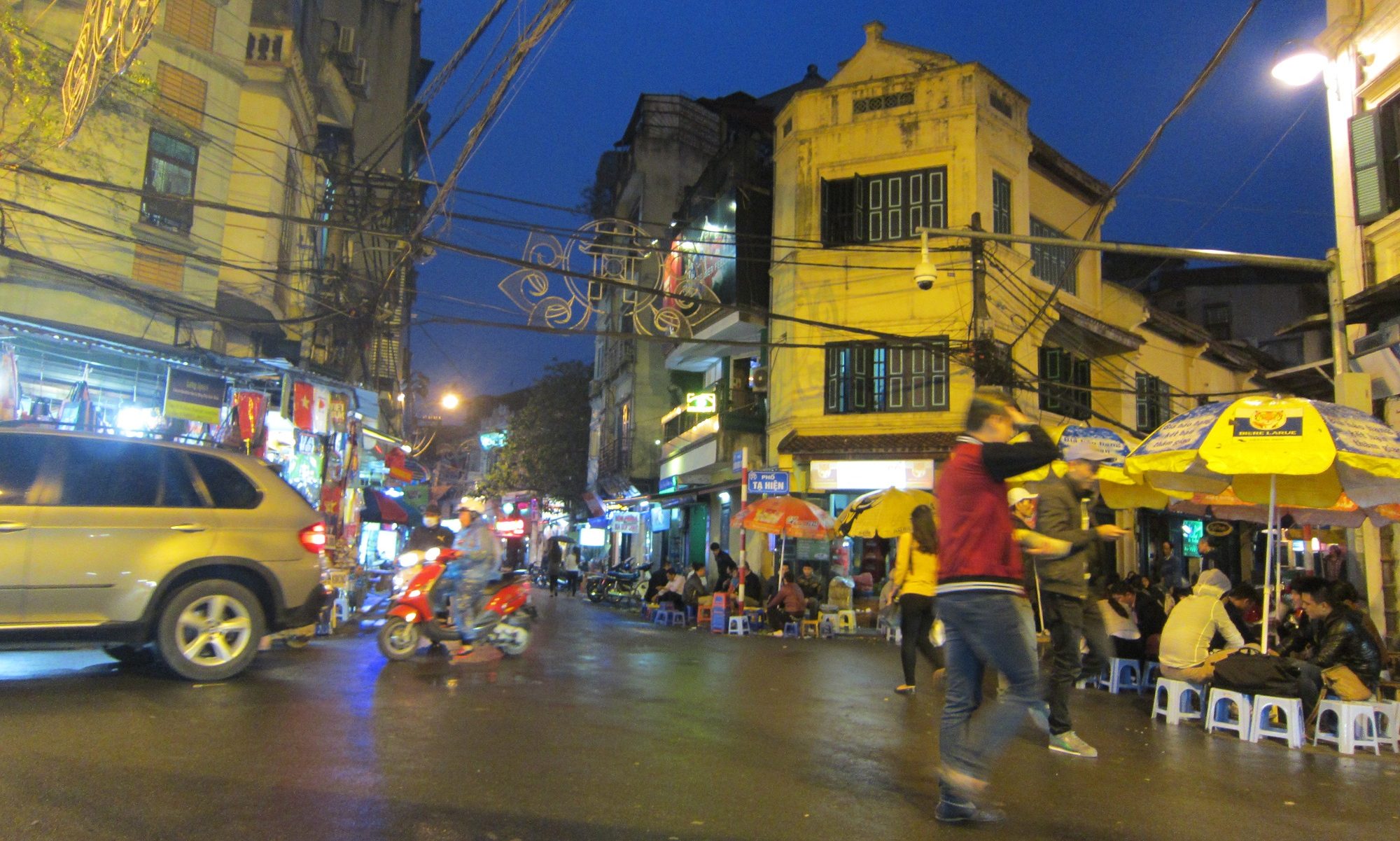
This post is one of a series on web mapping.
When in Dresden a few years ago I bought an old map of Berlin in a flea market. Dated 1966, it was produced by Landkartenverlag Berlin, in the former DDR, who specialised in producing tourist maps. It has a partial view of the city. Partial in both senses, since it omits any detail of West Berlin or “Territories under US, British and French Occupation“. The only features mapped in the West are S-Bahn stations (labelled) and major roads (unlabelled).

The legend provides some interesting details. The languages are German, Russian, French and English. The transport network is covered in detail and there are entries in the legend for restaurants and gardens. So, it is clearly a tourist map.

Leaflet Overlay
What would be interesting would be to overlay the map on some modern mapping to compare the city as it was then to as it is now and to fill in the gaps in the West.
The Leaflet image overlay object allows for an image of specified bounds to be overlayed on a base map. But how to get the map bounds? The scanned map needs to be georeferenced. If you as confused about the terms georeferencing and georectification and geocoding as I was (am?) then read this blog post and the comments.
This can be done in ArcMap but fortunately QGIS has a Georeferencer plugin that does the job and is well documented. The only variations from the tutorial was in the projections; I used WGS84 (EPSG: 4326). The process is to provide the lat/lng for a minimum of 3 points on the map, and QGIS will create a georeferenced image (in fact, a geoTIFF file). I used a Google Maps tool to identify the lat/lng of 4 road junctions, each one near a corner of the map. These were then used to create a set of ground control points.
Once the georeferenced image was created I could then use QGIS to identify the lat/lng of the SouthWest and NorthEast corners of the modified scanned image, as required by Leaflet. Note that it is the original scan that is overlaid in Leaflet, not the modified image.
The final map works reasonably well and there is a pretty good match between the scanned map and OpenStreetMap.
I’ve done a similar map that users a slider to change the opacity of the overlay map.
*** If any of the above images, particularly the map itself are in copyright then let me know and I’ll remove them.
Nick Gould March 2017
